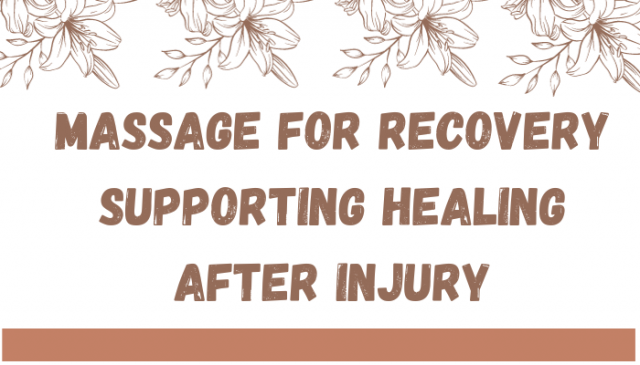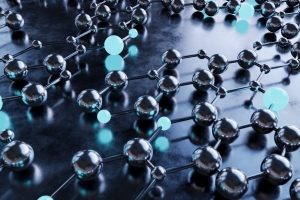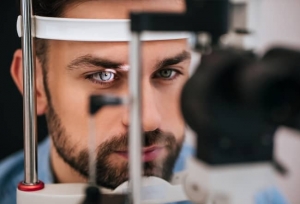In the realm of healthcare and wellness, the benefits of massage therapy extend far beyond relaxation and stress relief. One particularly intriguing aspect of massage is its capacity to support the recovery process after injury. 후불제출장 As a complementary and alternative therapy, massage plays a significant role in promoting healing, reducing pain, and restoring functionality to affected areas. This article explores the intricate connection between massage and recovery, shedding light on the mechanisms at play and how individuals can harness the power of touch for their healing journey.
Understanding the Healing Power of Massage
The human body is an intricate tapestry of interconnected systems, and when injury occurs, it disrupts the delicate balance. Whether it's a sports injury, a car accident, or a simple strain, the body's natural response is to initiate the healing process. However, this process can be enhanced and expedited with the right interventions, and massage is proving to be a valuable ally in this regard.
At the core of massage therapy's effectiveness in supporting recovery is its ability to stimulate blood circulation. When an injury occurs, blood flow to the affected area is crucial for delivering essential nutrients and oxygen while removing waste products and reducing inflammation. Massage promotes vasodilation, the widening of blood vessels, which increases blood flow to the injured site. This enhanced circulation accelerates the body's natural healing mechanisms, facilitating a quicker recovery.
Moreover, massage contributes to the reduction of muscle tension and stiffness. Injured muscles often contract as a protective mechanism, leading to pain and limited range of motion. The skilled hands of a massage therapist can work to release this tension, allowing muscles to relax and promoting flexibility. This is particularly beneficial for individuals with musculoskeletal injuries, as it helps restore normal function and prevent secondary issues stemming from compensatory movements.
Types of Massage for Recovery
Various massage modalities can be employed to address specific aspects of recovery. Here are some notable types of massage that are commonly used to support healing after injury:
-
Swedish Massage: Known for its gentle and flowing strokes, Swedish massage is effective in reducing muscle tension, improving circulation, and promoting relaxation. It serves as a foundational approach to many recovery-focused massage sessions.
-
Deep Tissue Massage: This technique involves applying firm pressure to reach deeper layers of muscles and connective tissue. Deep tissue massage is instrumental in releasing chronic tension and breaking down scar tissue, making it beneficial for those recovering from injuries or surgeries.
-
Sports Massage: Specifically tailored for athletes, sports massage focuses on preventing and treating injuries associated with physical activity. It can aid in the rehabilitation of sports-related injuries by addressing muscle imbalances, enhancing flexibility, and promoting faster recovery.
-
Myofascial Release: This technique targets the fascia, a connective tissue that surrounds muscles, bones, and organs. Myofascial release aims to release restrictions in the fascia, promoting better mobility and reducing pain associated with injuries.
-
Trigger Point Therapy: Often incorporated into massage sessions, trigger point therapy involves applying pressure to specific points of muscle tension or "knots." This can help alleviate pain and improve muscle function, contributing to the overall recovery process.
The Psychological Aspect of Massage in Recovery
Beyond the physical benefits, massage for recovery also addresses the psychological aspects of healing. Living with pain and limited mobility can take a toll on an individual's mental well-being. Massage therapy provides a holistic approach by promoting relaxation and reducing stress, which can be particularly beneficial for those dealing with the emotional challenges of recovery.
The release of endorphins during a massage contributes to an improved mood and a sense of well-being. This natural mood enhancement is crucial for individuals navigating the often challenging and frustrating journey of recovery. Additionally, the therapeutic relationship formed between the massage therapist and the client can provide emotional support, fostering a positive mindset that is conducive to healing.
Incorporating Massage into a Comprehensive Recovery Plan
While massage therapy offers significant benefits for recovery, it is essential to view it as part of a comprehensive treatment plan. Consultation with healthcare professionals, such as physical therapists and physicians, is crucial to determine the most appropriate and effective interventions for a specific injury or condition. Massage therapy can then be integrated into this plan to enhance overall outcomes.
Individuals considering massage for recovery should communicate openly with their healthcare team and massage therapist. Providing detailed information about the injury, medical history, and any ongoing treatments ensures that the massage therapy sessions are tailored to address specific needs and concerns.
It's important to note that massage is generally considered safe for most individuals, but there are cases where caution is warranted. 인천출장마사지 People with certain medical conditions, such as blood clotting disorders or infections, should consult with their healthcare provider before undergoing massage therapy.
A Healing Touch
In the intricate dance of recovery, where every step forward is a triumph, the addition of massage therapy can be a game-changer. The healing touch of massage goes beyond the physical manipulation of muscles; it encompasses a holistic approach to well-being. By enhancing circulation, reducing muscle tension, and addressing the psychological aspects of healing, massage becomes a valuable ally in the journey toward recovery.
As the field of healthcare continues to recognize and integrate complementary therapies, the role of massage in supporting recovery is likely to gain further prominence. Whether it's alleviating pain, improving flexibility, or providing a moment of respite from the challenges of recovery, massage stands as a testament to the remarkable ability of touch to contribute to the healing process. So, the next time you consider your options for recovery, remember the profound impact that a healing touch can have on your body and mind.






